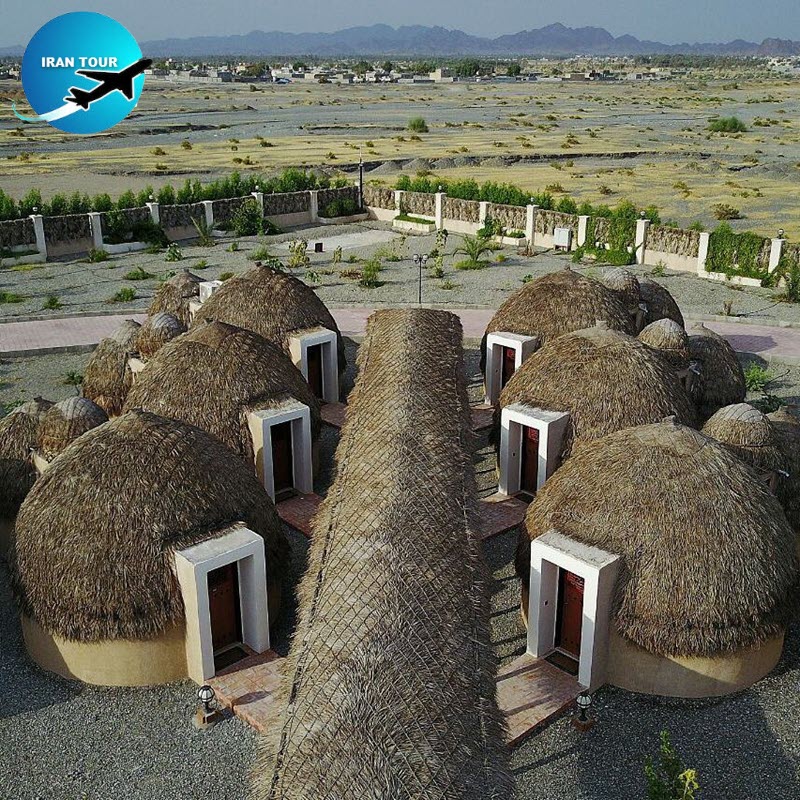Copyright 2020 - 2021 irantour.tours all right reserved
Designed by Behsazanhost
Qaleh Ganj Hotel
Qaleh Ganj Hotel
After you've traveled for a while, every hotel starts to look the same, unless you've booked a much more unusual place to stay. For those who are fed up with the standard overnight setup, here is a unique hotel with traditional materials in Kerman Province, Iran that may well satisfy you. If you are going to experience a different accommodation in the amazing Kerman province? How about the 4-star Ghaleh Ganj Kapari Hotel?
 |
An eco-lodge hotel located in the corner of the Kerman Desert close to Ghaleh Ganj town, south of Kerman Province. The rooms are built in the shape of huts. So, you can experience a different stay in this hotel. The different activities like camel riding, desert safari, local music and dance, and local traditional games will never get bored you. Enjoy your accommodation and never forget your dreamy trip.
 |
The first Iranian hut hotel is established in Qaleh Ganj city, in Southern Kerman Province in March 2016. The hotel has 31 huts with a capacity of 60 guests, and has been designed according to regional culture and architectural styles. The huts are made of local plants, particularly palm fronds built in an area of one hectare on the road interconnecting Kerman and Hormuzgan.
 |
All goods, equipment, and handicrafts used in the huts are produced by local inhabitants. The historical cities of Jiroft and Kahnooj as well as Jazmourian Wetland are among the top destinations which could draw a large number of tourists to the southern regions of Kerman Province.
 |
A hut, called Kapar in Persian, is a primitive dwelling, which may be constructed out of various local materials. Huts follow a type of local design because they are built of materials that are readily available such as wood, snow, ice, stone, grass, palm fronds, branches, hides, fabric, and/or clay using technics passed down through the generations.
- Details
- Category: Where To Stay in IRAN